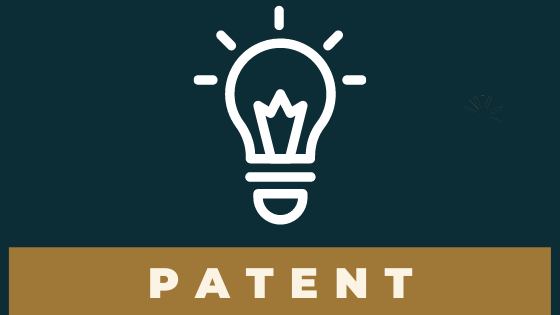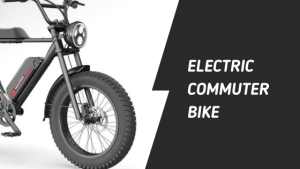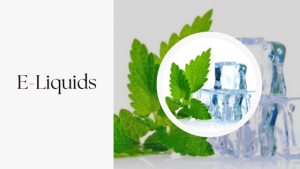It is very important to understand what a patent is and what it covers. A patent for an invention is granted by the government Patent and Trademark Office. However, it is no guarantee of protection unless supported by documented development efforts such as in the Invention Protection Workbook.
The rights of the patent issued by the government extend only to the United States, its territories and possessions, not to foreign countries. NOTE: Companies and inventors outside the United States can access patent information and documents in this country easier than ever, thanks to the internet. It is more important than ever to protect your invention with the Invention Protection Workbook.
A manufacturer or seller of goods can inform the public that an application for a patent is on file with the Patent and Trademark Office using the terms “patent pending” or “patent applied for.” This is only good for a limited time. This InventHelp article will explain all in details.

Kinds of Patents
- PROVISIONAL Patents are a simplified version of a final patent which offers you complete international protection for one year. After that you must proceed to the final patent or you will lose the protection gained from the Provisional Patent. A provisional patent give you a year’s breathing space to search for financial backing for thorough market research and development as well as the cost of a final patent.
- UTILITY Patents, sometimes called “functional”(or, final) patents, cover a new and useful invention in the categories of processes; mechanical, electrical or chemical procedures; machines with moving parts; articles of manufacture, such as hand tools; compositions of matter, like chemical compounds, combinations, or mixtures. the life of a utility patent is currently 20 years from the date of filing.
- DESIGN Patents are for new, original and ornamental design for articles of manufacture. The life of a Design Patent is 14 years from the date of issuance.
- PLANT Patents cover new varieties of cultivated asexually produced plants.
Unless your patent covers all possible existing or future uses and/or applications for which it was created, others could design around the invention. This happens more frequently than you might imagine, especially with competition from other countries accessing the USPTO databases as you can see from https://celebmix.com/follow-in-the-footsteps-of-inventors-like-george-foreman-with-inventhelp/ article.


